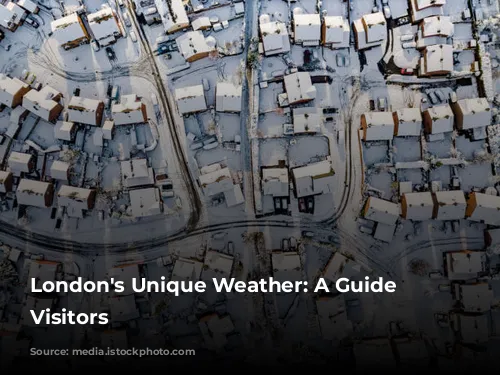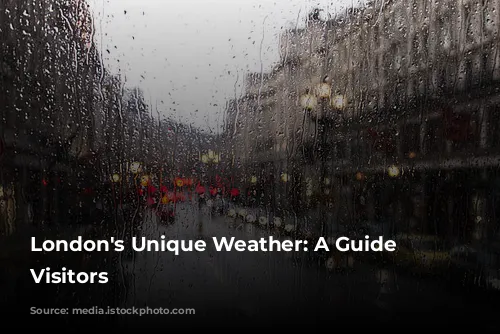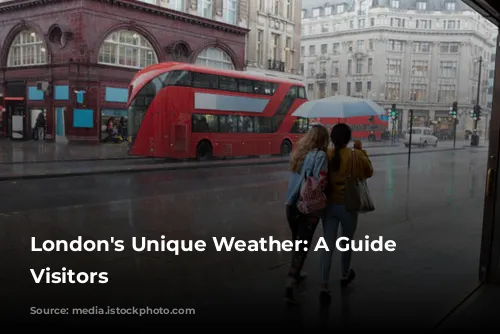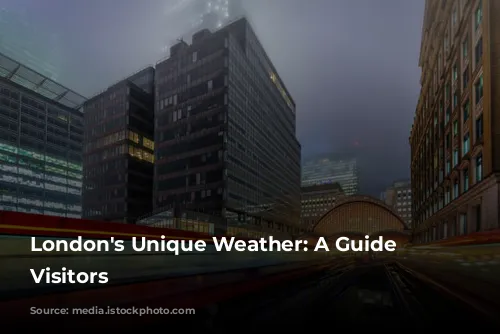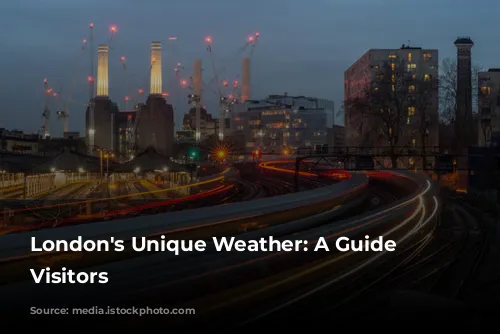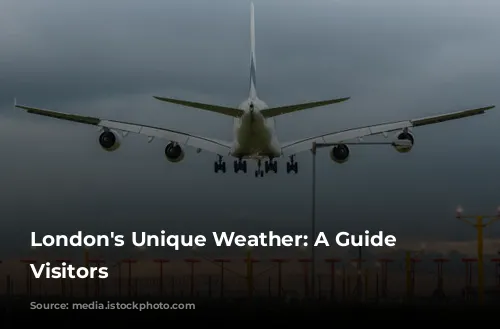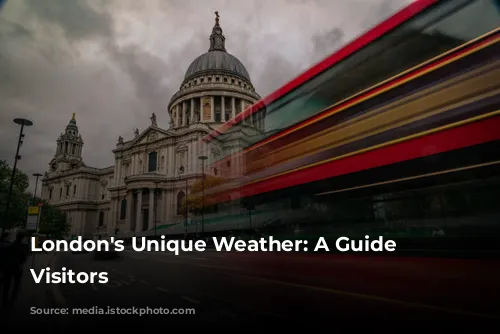London, nestled in the heart of the United Kingdom, boasts a fascinating weather pattern that can be both delightful and challenging. This vibrant city’s location on the 51st parallel north significantly influences its daylight hours. The days are considerably shorter in the winter, with the sun rising around 8 am and setting before 4 pm. This can feel somewhat depressing, especially if you’re used to sunny climates.
On the other hand, the long days of summer bring with them early sunrises, often before 4 am, and long evenings with sunset sometimes not happening until 9:20 pm! While this is great for soaking up the sunshine, the early morning light can make sleeping difficult. Many Londoners rely on blackout curtains to block out the early morning sun, especially in the summertime.
A Temperate Climate Despite Latitude
Despite its northern location, London enjoys a surprisingly temperate climate. Thanks to the warm Gulf Stream, which carries warm water from the Caribbean to Western Europe, the British Isles are generally warmer than expected. This means that London experiences mild winters and pleasant summers. The average daytime temperature in January hovers around 8°C (46°F), while July boasts an average high of 22°C (73°F). While occasional summer days can see temperatures climb above 25°C (77°F) or even 30°C (86°F), most homes are not equipped with air conditioning.

Rain, Rain, Go Away…
London is notorious for its frequent rain. Although the annual rainfall is not exceptionally high (around 23 inches/58 centimeters), rain clouds seem to descend with surprising regularity. The best way to stay dry is to carry a small umbrella or a waterproof jacket.

The Rare Wonder of Snow
Snow is a rare event in London, much to the disappointment of the city’s children. The city’s vast heat generated by buildings and traffic generally keeps the temperatures above freezing, making it difficult for snow to settle. However, when it does snow, London can experience a complete standstill, with chaos erupting on the roads and public transport. The Underground (or Tube), despite its name, is only underground in the city center. Lines that extend outside the center run above ground and are highly susceptible to snow and ice.
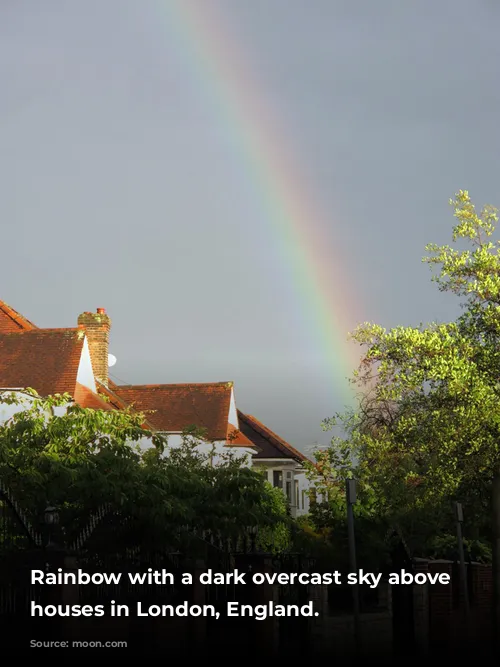
London’s Traffic Woes
Even a light snowfall can cause major traffic disruption in London. Few Londoners are accustomed to driving in snow, leading to accidents and gridlock.
A few years ago, I was caught in a massive traffic jam after a surprise snowfall. Even though the snow was light at first, it quickly piled up, and the roads became treacherous. It took me over two hours to get out of the mall’s parking lot! The entire city ground to a halt, with many people stuck in their cars or even forced to spend the night at the mall. This experience taught me a valuable lesson: be prepared for unexpected snowfall in London, as it can significantly impact your travel plans.
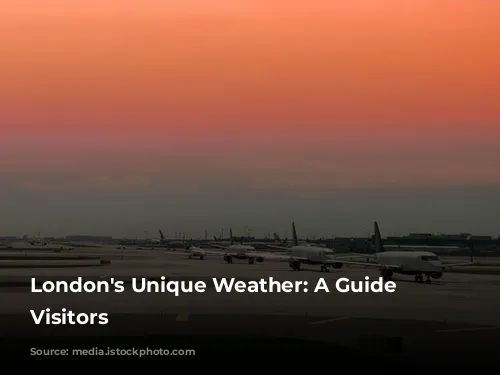
A Changing Weather Pattern?
It’s worth noting that Britain’s weather patterns seem to be undergoing a shift. After several years of mild winters, recent years have seen colder temperatures and increased rainfall. This change in weather could be part of long-term natural cycles or a more worrying sign of climate change. If climate change is indeed impacting Britain, London will need to adapt to the potential consequences of heavier rainfall and snowfall.
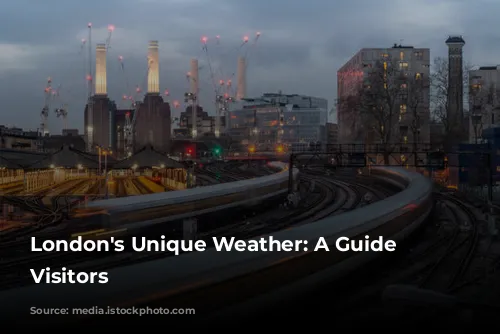
London’s Summer Sunshine
London’s summers, while generally pleasant, are rarely sweltering. The most we can hope for are a few days of warmth in the low 80s (F), which brings Londoners out to enjoy the parks. However, most London homes are not designed for hot weather and lack air conditioning.
In the end, London’s weather is a fascinating mix of predictability and surprise. With a little preparation, visitors can enjoy the city’s unique charms and learn to appreciate its often-unpredictable climate.
